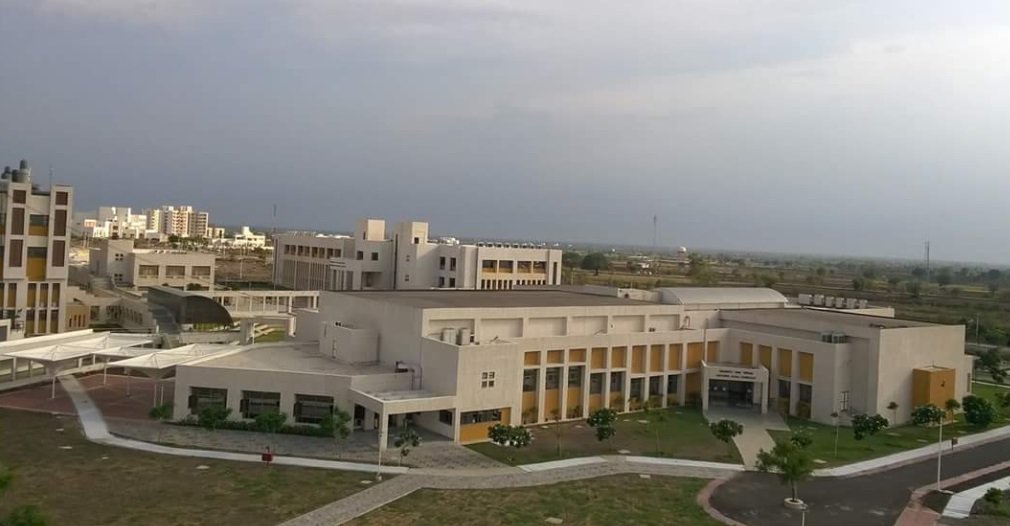Researchers at IISER Bhopal recently developed a new photocatalyst called UC-POP-Au, which absorbs the entire spectrum of light, making it a potent catalyst for chemical processes.
About Photocatalyst:
- The term photocatalyst is a combination of two words: photo, related to photon, and catalyst, which is a substance altering the reaction rate in its presence.
- Therefore, photocatalysts are materials that change the rate of a chemical reaction upon exposure to light. This phenomenon is known as photocatalysis.
- The illumination of the catalyst causes the generation of free charges (electrons and holes) that can participate in chemical reactions, altering the reaction rate.
- Photocatalysis includes reactions that take place by utilising light and a semiconductor. All the photocatalysts are basically semiconductors.
- There are various materials that show photocatalytic capability, and titanium dioxide (TiO2) is said to be the most effective.
- The photocatalytic reactions can be categorised into two types based on the appearance of the physical state of the reactants.
- Homogeneous photocatalysis: When both the semiconductor and reactant are in the same phase, e. gas, solid, or liquid.
- Heterogeneous photocatalysis: When both the semiconductor and reactant are in different phases.
- It is valuable for applications like air and water purification, self-cleaning surfaces, and even in some aspects of solar energy conversion.




